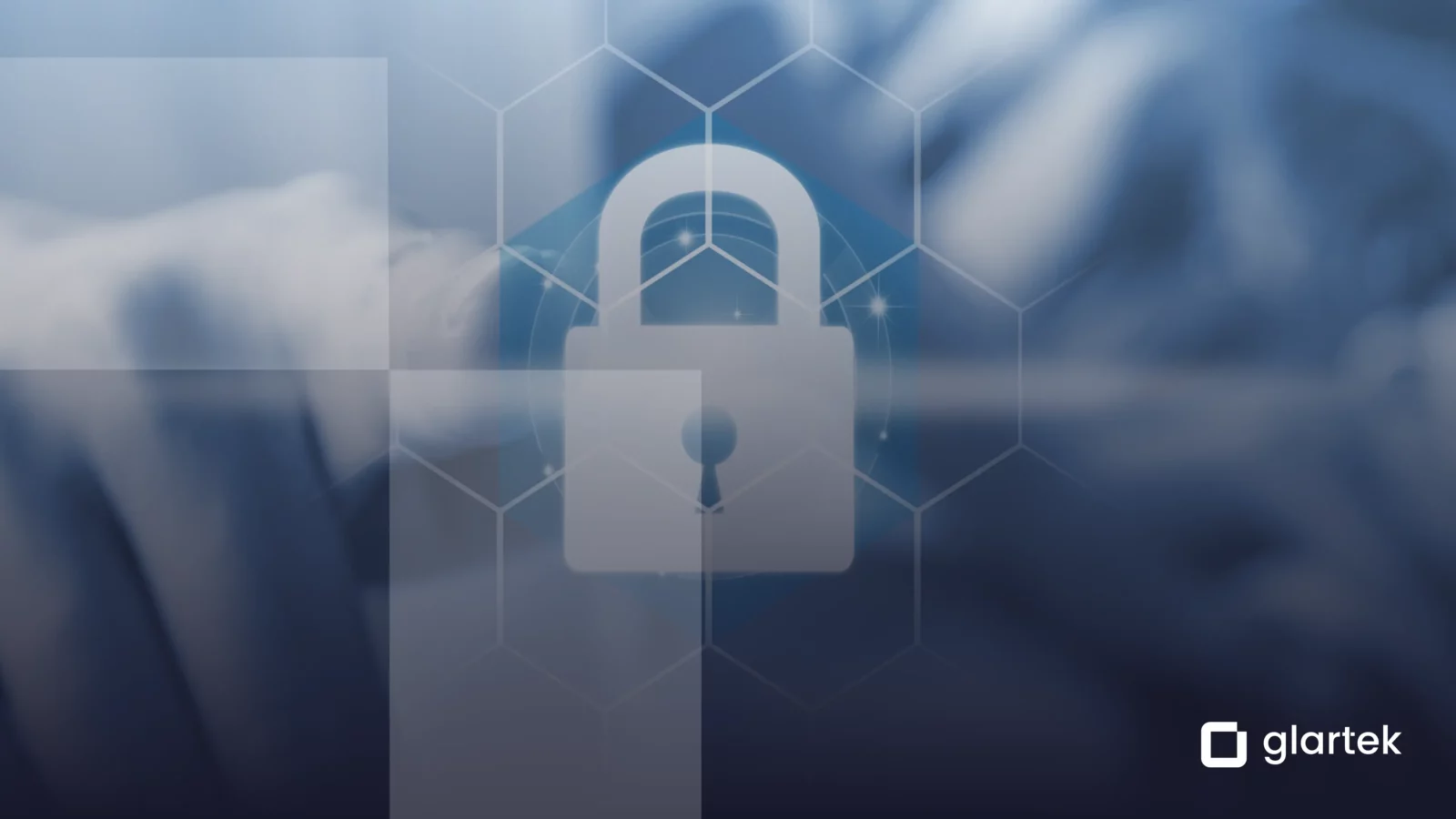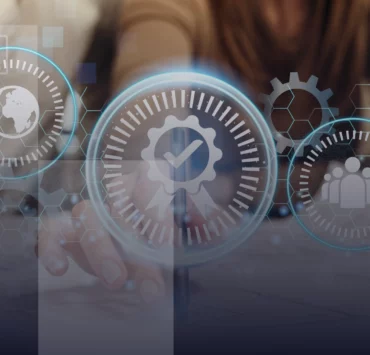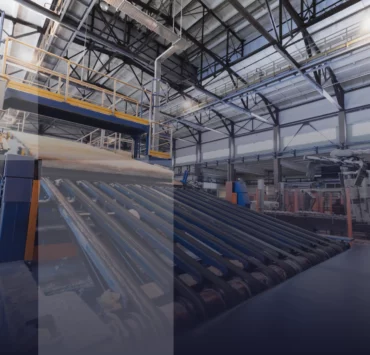With the rise of Industry 4.0, industrial processes have entered a new age. Nowadays, supply chains, factories, customers, and operations are not only connected but reliant on wide digital networks. In essence, these networks include all hardware and software connected to each other used to make a business operate.
This means that any unexpected events, such as a system breakdown or cyberattack, can have extensive effects on organizations. In this sense, cybersecurity in the industry, as a strategic operation, has become more relevant than ever. In fact, according to Gartner, security and risk management spending exceeded $150 billion in 2021. Moreover, cloud security is the fastest-growing segment in the online security market.
Applications and data: SaaS vs on-premise
Among the different ways to access applications and handle and store data, Software as a Service (cloud-based) and on-premise solutions, are two of the most popular models. They can be differentiated as follows:
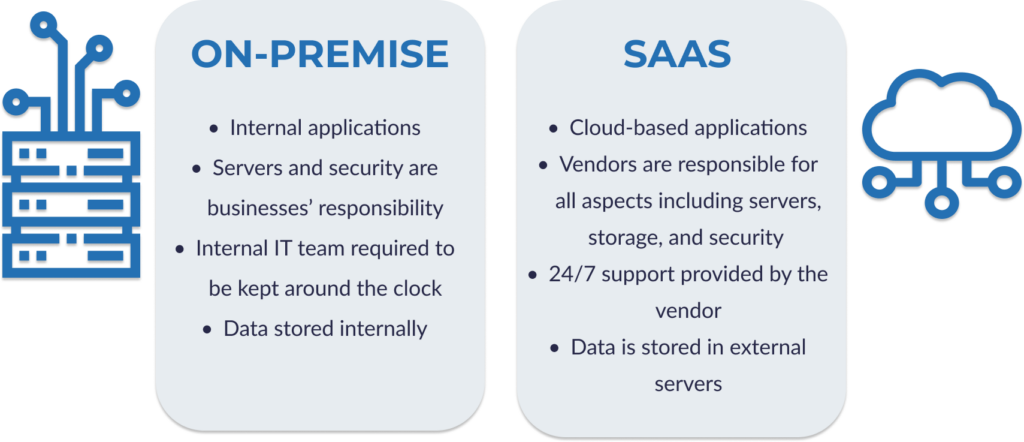
Nowadays, cloud-based data centralization methods, such as Augmented and Connected Worker platforms, have become the norm. They present benefits related to costs, maintenance (as they can be managed remotely and are regularly updated), setup time, and feature increased accessibility for users. In addition, cloud-based services can easily be deployed in multiple factories across continents. As a result, many traditional Enterprise Resource Planning (ERPs) software and Manufacturing Execution Systems (MESs) are moving to public cloud services.
However, since operations are no longer restricted to a single factory and can be adjusted remotely, cloud services are often wrongly perceived as unsafe. In this sense, it is important to understand how the security of cloud-based solutions compares to that of on-premise services.
…cloud security is the fastest-growing segment in the online security market…
Cybersecurity
Firstly, even if the industry hasn’t been using cloud computing for a long time, this is not a new technology. Cloud-based services started being implemented over a decade ago and have only become increasingly safe.
Nonetheless, companies having to choose between on-premise services and cloud computing services, still look at cybersecurity in the industry as a central issue. Organizations should know that, unlike on-premise servers, which are managed by the companies themselves, cloud-based services are handled by specialized IT teams. These teams are prepared to address cybersecurity issues and provide clients with constant support. This is particularly relevant since most businesses can’t maintain cybersecurity teams around the clock or ensure 24/7 monitoring.
Cloud providers also follow high-security patterns and strict regulations. In addition, in the case of an attack, SaaS services are prepared to react and will have backups stored on different servers.
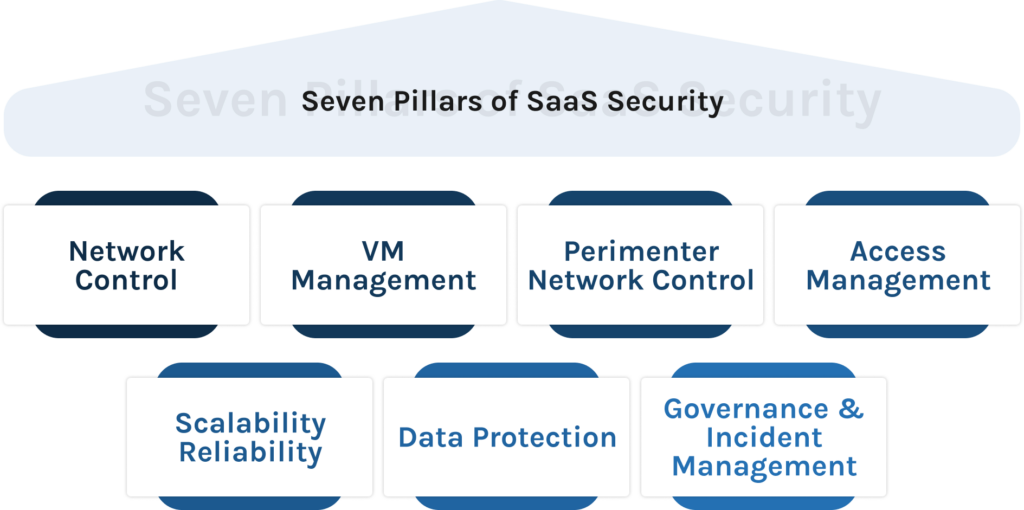
Mitigating cybersecurity risks in the age of cloud-based operations
As technology advances, cybersecurity risks in the industry also grow and take different forms. This is why companies need to understand that no single solution can address online threats. In fact, online security is the result of a combined effort that includes several approaches. In this sense, companies can take steps to mitigate risks when using cloud-based SaaS solutions by taking simple steps:

Security Standards
The most obvious step is to employ SaaS solutions that are certified with a safety standard (such as ISO 27001 or IASME). This should influence the decision of any company as it ensures software providers are carrying out their operations according to international regulations and patterns.

SaaS security checklist
Be aware of which security measures a particular SaaS provider has in place and how secure they are. This can include compliance with protection laws and regulations, such as GDPR or SOC2, their security protocols, how often they run security audits and penetration testing, and which backup solutions they offer.

Risk Assessment
It is important to effectively assess risks by identifying the assets and data in a SaaS service, their storage location, and their importance to the wider network. Undertake security audits and understand the impact of each SaaS application on other platforms.

Contingency Plan
Develop and implement a contingency plan which will help minimize risks and damage in the case of an unexpected event.

Online Security in the Workplace
Workers should be aware of how their behaviors and personal responsibility can contribute to a more secure online experience at work. Companies are responsible for creating awareness campaigns, including training sessions and internal protocols to prevent phishing scams, and data leaks or keep them up to date with the latest threats. Moreover, personal credentials can include multi-factor authentication.

APIs and third-party management
Workers should be aware of how to safely access SaaS platforms. Organizations should also implement security plans to regulate API connections with SaaS products.
Final thoughts
It is undeniable that the benefits of SaaS solutions greatly outweigh their risks or setbacks. However, to keep safe and minimize cyber security risks, companies must be aware of how to protect themselves. This includes selecting the best solution for their needs, but also changing their approach towards cybersecurity in the industry. Nonetheless, they should rest assured, as SaaS platforms are becoming increasingly efficient, safe, and robust.
Learn More
Interested in learning more about SaaS solutions in the industry and how they are changing shop floors? Explore our blog or reach out to our team to schedule a free demonstration to understand the full potential of Glartek’s Augmented & Connected Platform.

